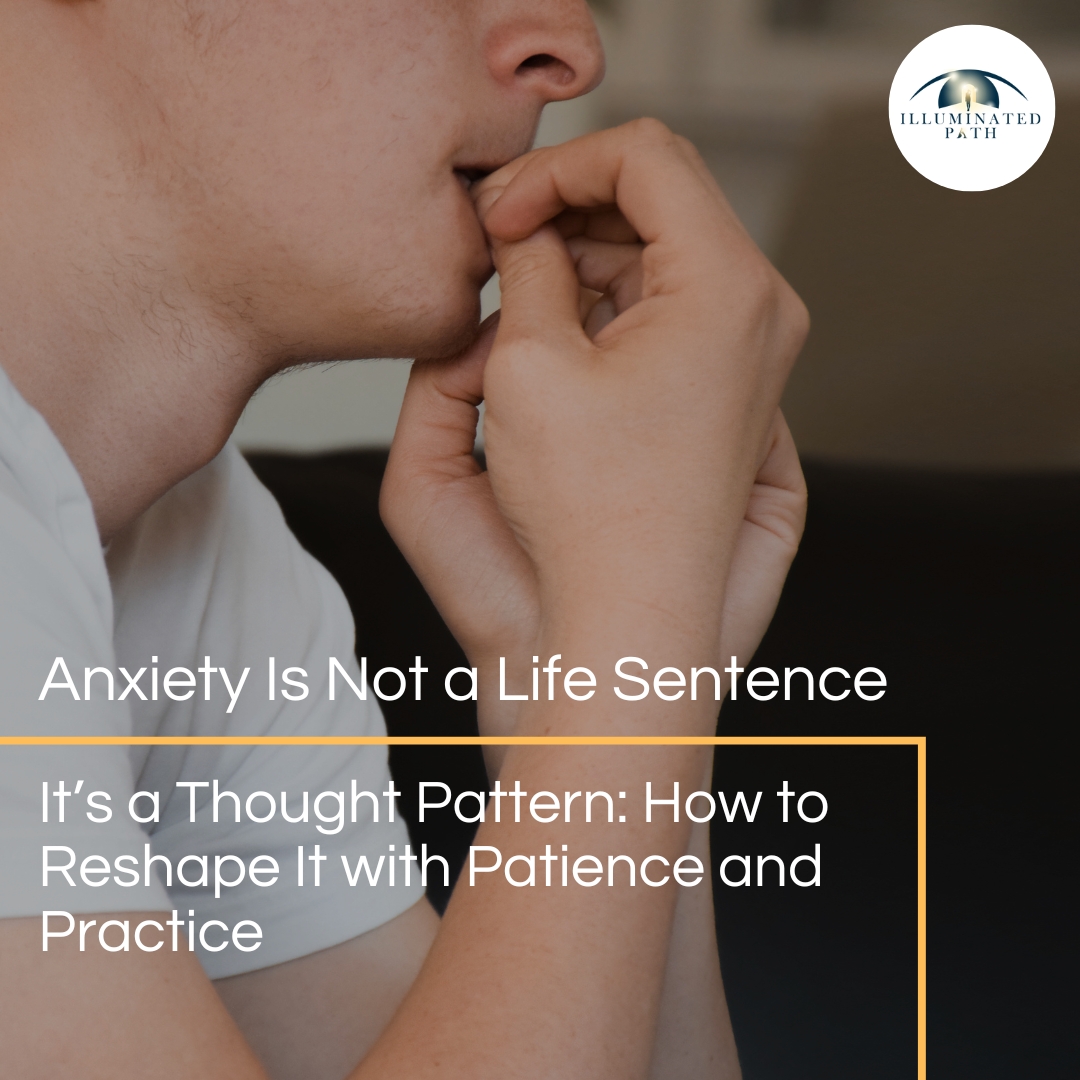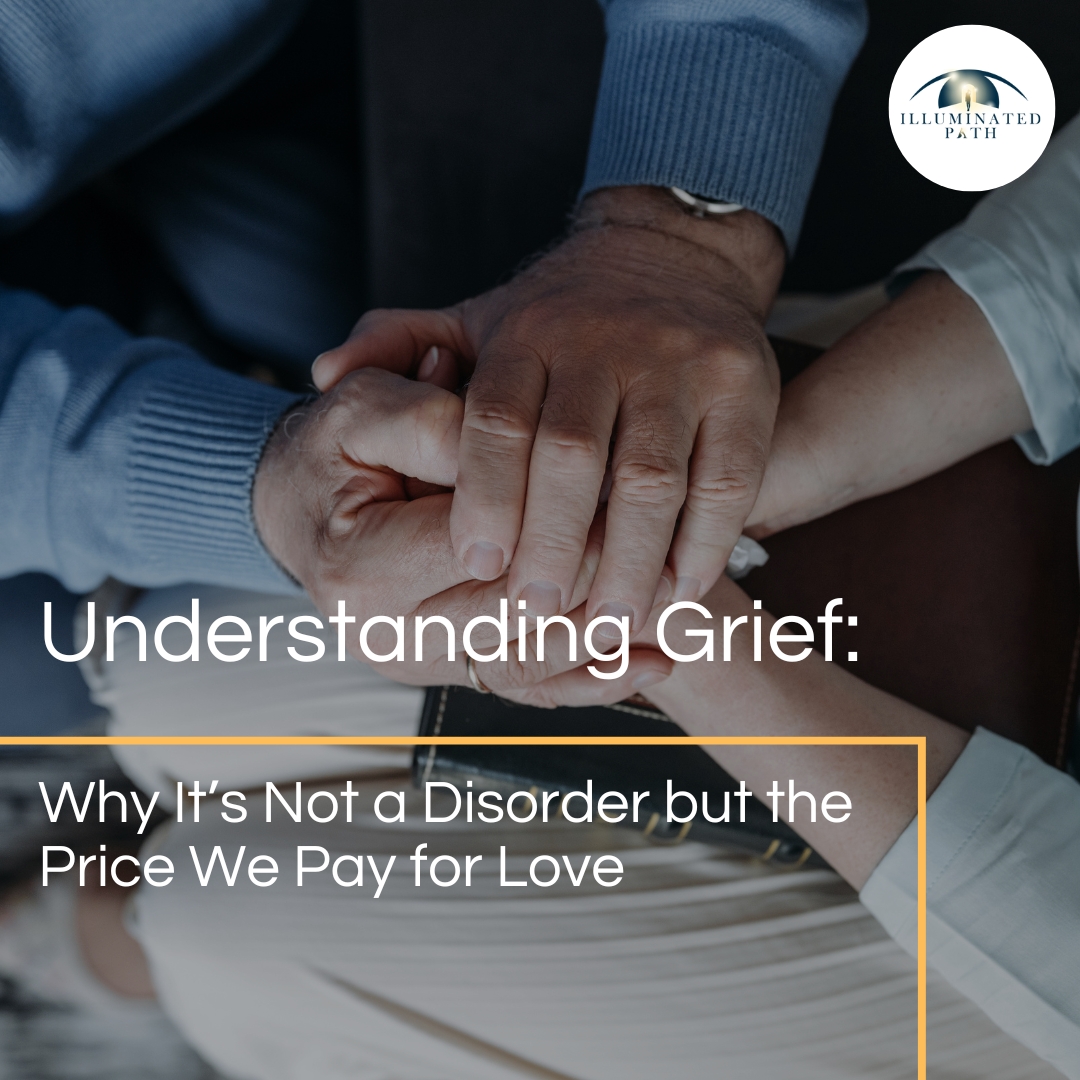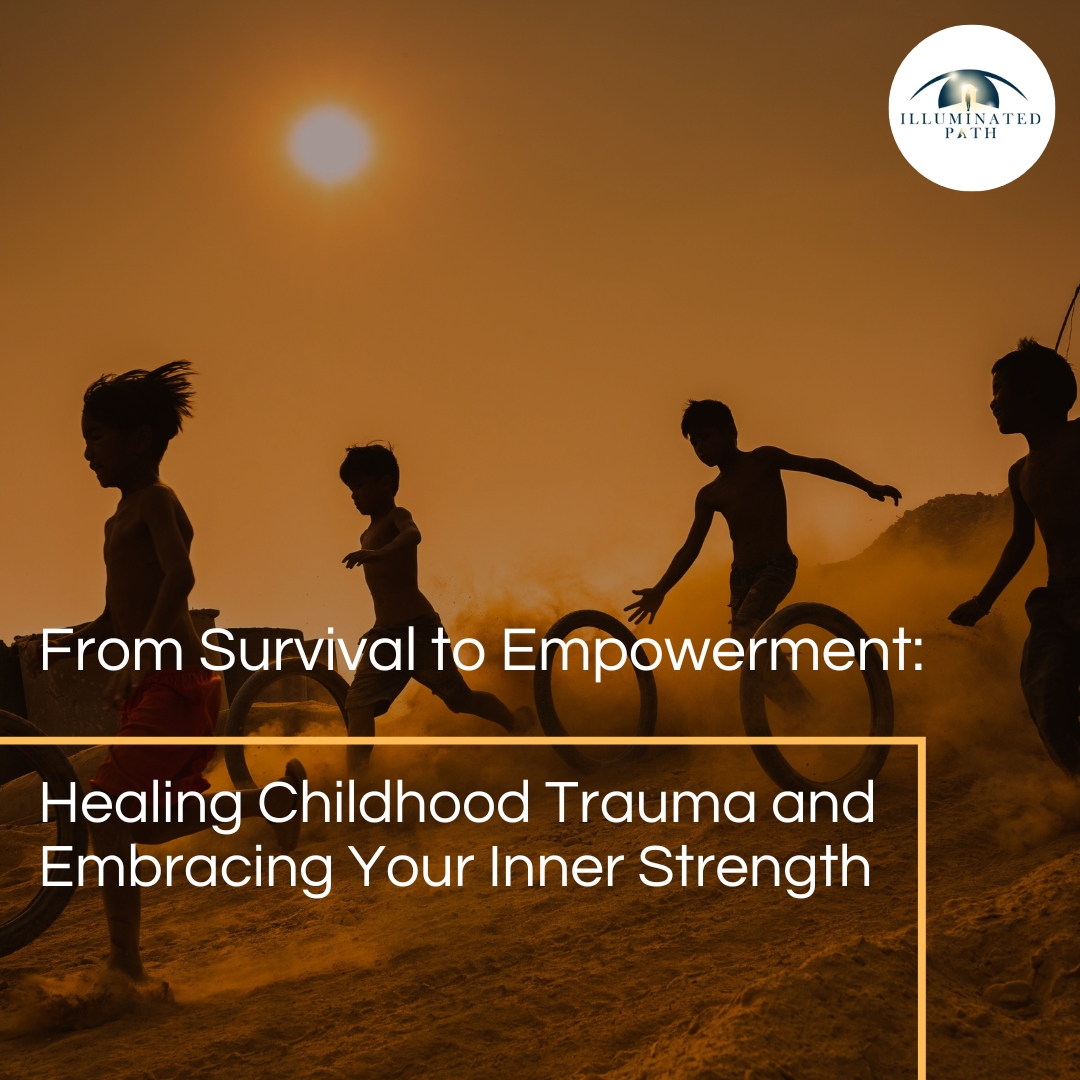
When we talk about healing from trauma, many people assume it means forgetting. Pushing away the past. Burying the pain.
But true healing doesn’t mean erasing the wounds we carry. It means learning to live with them. It means recognizing our emotional and psychological scars as part of our story — not as flaws to hide, but as reminders of everything we’ve survived.
In therapy, this shift in mindset is often where the real transformation begins.
What Trauma Really Is — And Why It Stays With Us
Trauma doesn’t always come from a single, dramatic event. It can result from prolonged stress, emotional neglect, sudden loss, or even ongoing microaggressions. Whether you’re aware of the moment your trauma began or not, the effects are deeply real and personal.
Emotionally, trauma can make us feel unsafe, disconnected, or numb. It can erode our sense of self and leave us hypervigilant, anxious, or depressed. Physically, it often manifests in fatigue, sleep disturbances, muscle tension, and chronic stress symptoms.
You might not “see” your trauma the way you see a scar on your skin — but it lingers, often just beneath the surface.
Why Healing Doesn’t Mean Forgetting
Healing is not a destination where pain disappears. Instead, it’s an ongoing process of making peace with your past, learning to care for your inner world, and integrating your experiences into your life story.
Forgetfulness is not strength — presence is. Avoidance may feel protective at first, but in time, it can isolate us from ourselves. The people who learn to sit with discomfort, face the truth of their past, and still choose growth are often the most resilient among us.
Your scars — emotional, psychological, or physical — are evidence that you’ve been hurt and that you’ve healed. They are the bridges between survival and strength.
Embracing Scars as Evidence of Strength
So many people view their emotional wounds as something to be ashamed of. But in reality, scars are proof of healing. They say, “I made it through something hard. I came out the other side.”
Shifting your perspective in this way is liberating. Instead of defining yourself by the pain you experienced, you begin to define yourself by the strength it took to endure it. You reframe your past not as a permanent injury, but as a source of power.
This doesn’t mean glorifying trauma. It means reclaiming agency — recognizing that even in situations where you had no control, your choice to heal is still yours.
Growth After Trauma Is Possible — Even Common
It may surprise you to know that research shows many trauma survivors don’t just bounce back — they grow forward.
This is called Post-Traumatic Growth (PTG), a concept supported by decades of psychological research. PTG describes the positive psychological changes that can occur as a result of struggling with traumatic experiences.
These changes often include a deeper appreciation for life, stronger relationships, increased emotional resilience, spiritual development, and a newfound sense of personal strength.
More than half of trauma survivors report experiencing some form of positive growth after adversity. While that doesn’t mean the trauma was “good,” it does show how capable we are of rebuilding something meaningful from our pain.
Kintsugi and the Beauty of Imperfection
In Japanese culture, there is an art form called Kintsugi, where broken pottery is repaired with gold. Instead of hiding the cracks, artisans fill them with shimmering lacquer, transforming the once-broken object into something more valuable and beautiful than before.
The philosophy behind Kintsugi teaches us that our imperfections and scars are not blemishes — they are features of our uniqueness and proof of resilience.
This metaphor resonates deeply with trauma survivors. What if your cracks — your wounds, your healing — were not just tolerated, but honored? What if your story, as it is, was already worthy?
Across cultures, scars are often seen as symbols of strength and bravery. In some traditions, they mark rites of passage or life-defining courage. Embracing this view can empower you to see yourself not as damaged, but as forged through fire.
Your Story Matters: Turning Scars Into Strength
One of the most powerful ways to reclaim your trauma is by telling your story. Whether through journaling, speaking with a therapist, creating art, or simply talking with a trusted friend, expressing your journey can be healing in itself.
Telling your story does three important things:
It validates your experience. Naming what happened — and how it affected you — is a crucial step in moving through pain.
It breaks isolation. So many survivors feel alone, but in truth, trauma is incredibly common. Sharing builds connection.
It empowers others. When you speak your truth, you give others permission to do the same. Your story may be someone else’s survival guide.
This doesn’t mean you have to share everything with everyone. But when you do speak, speak from your strength — not your shame.
Therapy: A Safe Space to Heal and Integrate
If you’re reading this and realizing you’ve buried pain, or that you’ve never given yourself permission to embrace your scars, therapy can be an invaluable space to begin that journey.
In therapy, you’re not expected to have the answers. You’re simply invited to bring your whole self — the broken parts, the strong parts, the confused parts — and be seen.
With the support of a therapist, you can begin to:
Process difficult memories at your own pace.
Reframe self-critical thoughts and internalized shame.
Learn grounding techniques to handle anxiety and triggers.
Build healthier relationships with yourself and others.
Most importantly, therapy provides a relationship built on empathy, trust, and non-judgment. For many people, it becomes the first place where they feel safe enough to begin truly healing.
Daily Practices for Embracing Your Scars
While therapy can be a cornerstone of healing, there are also daily practices you can incorporate into your life to support your journey:
1. Self-Compassion
Talk to yourself with the same kindness you would offer a dear friend. Replace harsh inner criticism with gentleness and patience.
2. Mindfulness and Presence
Being present — whether through breathing exercises, nature walks, or mindful eating — helps anchor you in the now instead of being trapped in the past.
3. Creativity
Draw. Write. Dance. Sing. Expressing yourself through art can bypass the analytical mind and help process emotions on a deeper level.
4. Supportive Community
Surround yourself with people who accept you, believe you, and walk alongside you. Healing doesn’t happen in isolation.
5. Boundaries and Rest
Listen to your body. Say no when needed. Create space for recovery — mentally, emotionally, and physically.
These are not quick fixes. But over time, they help you reclaim control and compassion for your inner world.
You Are Not Defined By What Hurt You
Scars tell the story of what we’ve overcome — not what we lack. They remind us that, even when we were at our most vulnerable, we endured. We healed. We moved forward.
This doesn’t mean the pain is gone forever. But it does mean that you are more than your trauma. You are someone who deserves to live fully, freely, and with dignity.
As a therapist, I often tell my clients: You do not need to be unscarred to be whole.
Healing is about living alongside your story — not running from it. When you embrace your scars, you embrace your humanity. You reclaim your power. And you open the door to a life built not on avoidance, but on deep, conscious strength.
If you’re ready to begin that journey, know that help is available. Therapy is not just for people in crisis — it’s for anyone who wants to live more honestly and fully.
Your story matters. Your healing matters. And your scars? They’re not signs of weakness. They’re proof you kept going.
The human brain is not just affected by stress — it’s also uniquely equipped to manage, heal from, and even grow stronger through it. With the right strategies and support, your brain can become your most valuable ally in reducing stress and living a more balanced, fulfilled life.
Let’s dive into how stress works, how your brain responds, and what you can do — starting today — to take control.
Understanding What Stress Really Does to You
At its core, stress is your body’s way of responding to any kind of demand or threat. When you perceive danger — whether it’s a looming deadline or an actual physical threat — your nervous system springs into action. Your heart races, your muscles tense, your senses become sharper, and your brain gets flooded with cortisol and adrenaline.
In short bursts, this response is helpful. It can boost your focus, sharpen your reflexes, and help you power through tough moments. But when stress becomes chronic — meaning it sticks around long after the threat is gone — it starts to wear down your mental and physical health.
Long-term stress can shrink the hippocampus (the part of your brain responsible for memory and learning), increase the size and sensitivity of the amygdala (which processes fear and emotions), and reduce functioning in the prefrontal cortex (your brain’s control center for decision-making and rational thinking).
That’s why chronic stress can leave you feeling foggy, irritable, and emotionally reactive — not to mention physically exhausted.
The Brain’s Secret Superpower: Neuroplasticity
Here’s the good news: your brain is incredibly adaptable. It’s wired for change. This process, called neuroplasticity, allows your brain to form new connections, strengthen healthy pathways, and even repair damage caused by stress over time.
You’ve probably experienced this without realizing it — maybe you learned to stay calm under pressure after years in a high-stakes job, or you noticed how much easier it became to meditate or practice deep breathing the more you stuck with it. That’s your brain reprogramming itself.
Even better? You don’t need to overhaul your life overnight. Small, consistent shifts in how you think and behave can trigger powerful transformations in how your brain handles stress.
Training Your Brain to Think Differently About Stress
Thoughts play a massive role in how we experience stress. The same situation can feel overwhelming or manageable depending on how we interpret it. This is where cognitive strategies come into play — particularly those used in Cognitive Behavioral Therapy (CBT).
CBT helps you recognize negative thinking patterns and replace them with more helpful, realistic ones. For instance, if your first reaction to a mistake is “I’m such a failure,” CBT would guide you to challenge that thought: Is that true? Is there another way to see this? What would I say to a friend in this situation?
Over time, this practice of re-framing becomes second nature. You stop catastrophizing and start responding from a calmer, more grounded place.
Another powerful mental tool is mindfulness — the practice of bringing your full attention to the present moment. Instead of spiraling into “what if” scenarios about the future, mindfulness helps you anchor into what’s happening right now. Studies show that just a few minutes a day of mindfulness meditation can lower cortisol levels, improve emotional regulation, and boost focus.
And don’t overlook the value of writing. Journaling helps your brain process experiences, track patterns, and make sense of emotions. It turns the swirling chaos in your head into something tangible you can reflect on and, ultimately, work through.
Daily Habits That Build Stress Resilience
Let’s shift from the brain to your body — because the two are deeply connected. Your physical habits can either fuel stress or help release it.
Exercise is one of the most effective natural stress relievers. You don’t need to run marathons — even a 20-minute walk can calm your nervous system, release endorphins, and improve your mood.
What you eat also matters. Diets high in sugar, caffeine, and processed foods can spike anxiety and drain your energy. On the other hand, brain-boosting foods like leafy greens, berries, nuts, and fish rich in omega-3s can stabilize mood and support cognitive function.
Then there’s sleep — the ultimate reset button. Without enough restorative rest, your brain struggles to regulate emotions, concentrate, and problem-solve. Create a wind-down routine, limit screens before bed, and aim for 7–9 hours of quality sleep each night.
Finally, consider giving your brain some quiet time. We are constantly bombarded by emails, alerts, and social media, which keeps our stress response on high alert. Try unplugging for an hour each day or scheduling regular “digital detox” weekends. Your brain needs space to recharge.
When It’s Time to Ask for Help
You don’t have to handle stress alone. While self-care strategies are incredibly effective, sometimes the weight of stress becomes too much to carry without guidance. That’s when working with a therapist can make all the difference.
Therapy offers a safe, supportive environment to explore the root causes of stress, understand your unique triggers, and develop personalized tools to manage them. Evidence-based approaches like CBT, Mindfulness-Based Stress Reduction (MBSR), and Eye Movement Desensitization and Reprocessing (EMDR) can help rewire the brain’s response to stress and trauma.
Not sure if you need therapy? Ask yourself:
Are you constantly overwhelmed or anxious, no matter what you try?
Is stress interfering with your relationships, work, or health?
Do you feel emotionally numb, exhausted, or on edge most of the time?
If any of that resonates, therapy may be a wise and healing next step.
The key is finding someone who understands what you’re going through and whose approach aligns with your goals. Look for licensed professionals who specialize in stress, anxiety, or trauma, and don’t be afraid to ask questions during an initial consultation. It’s okay to “shop around” until you find the right fit.

The Author
Dr. Shadi Souferian Psy. D.
Licensed Clinical Psychologist
Therapist And Psychologist in Los Angeles And Beverly Hills.





